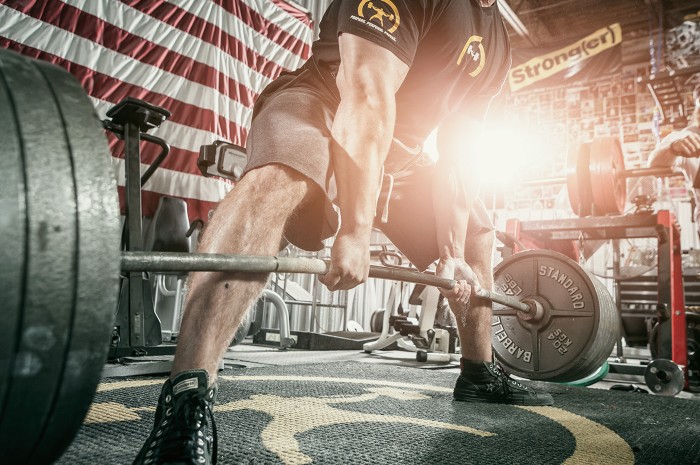
I’m not going to write any more articles on strength training.
At least not stuff that’s been covered a thousand times before. It’s a waste of my time, and yours. The industry is full of guys trying to make a name by parroting good advice discovered by real experts years ago. And even though I’ve been accused of being a strength expert myself, I’m done writing about it.
Besides, look at the accepted “serious” advice on getting strong: “You need to train hard…follow a program… be consistent…increase the weight over time... eat right.”
It’s bullshit. Look, if you’re really serious about getting strong and you don’t know those things already, maybe you’re not quite as serious about strength as you think?
Not to mention, is any of that advice really essential? Do you really need to train that hard? I know plenty of very strong guys that don’t, at least not often.
And just how consistent do you have to be? If being super consistent is that important, then what about planned deloads? Aren’t they just pre-planned “inconsistency?” So that’s another rule that’s basically bullshit.
Look, every gym has “that guy.” That sorta creepy dude who always seems to be at the gym, every day, standing around with his shaker cup. And never seems to gain a pound, even after 10 fricken years.
He’s consistent – he’s there every damn day. He probably trains hard, follows a program, and likely even eats quite well. If those “rules” were so important, he should be jacked. But he’s anything but.
So the real question is, what is he not doing?
Figure that out and now you’re really on your way to getting strong.
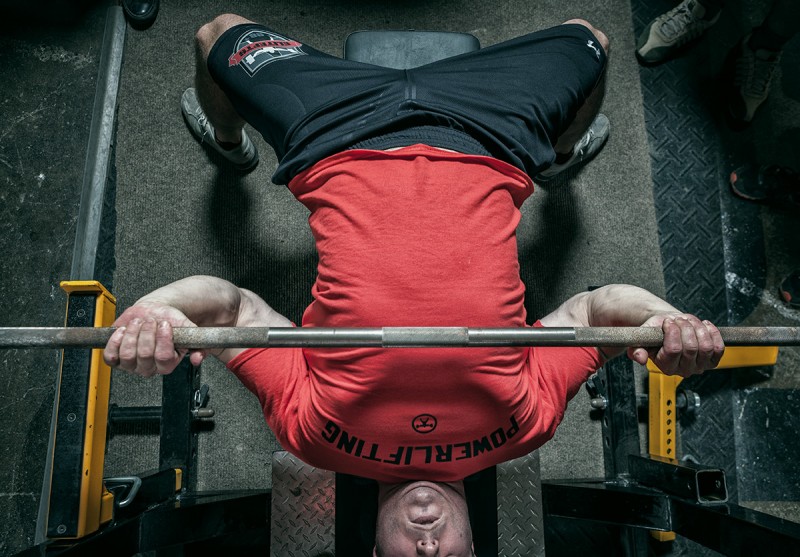
1. Understand Proper Technique
Your technique must always match your goal. It should show in how you perform the exercise, and even why you chose that exercise to begin with.
A bodybuilder performing a bench press should try to minimize leg drive, so his chest does the work -- because his end goal is bigger pectorals. A powerlifter on the other hand would try to recruit as much leg drive as he can, basically turning the bench press into a whole body exercise, as this will allow the most weight to be lifted -- the end goal in powerlifting.
It typically boils down to where you want to emphasize tightness -- on the movements or in the muscles.
In bodybuilding, you want tightness on a specific muscle. For example, in a spider curl, the goal is maximal biceps tension. You should still try to get stronger in the lift but never at the expense of losing tightness and recruiting other muscles.
In powerlifting, you want tightness within the movement. This encourages other muscles to pitch in and help you successfully perform the lift while keeping you safe.
Think of a heavy barbell row used as an assistance lift – if you stay tight you can safely load it while recruiting the entire posterior chain. Lose that tightness, however, and the entire lift falls apart and injuries can occur.
So technique is key. Make sure how and where you apply tension matches the goal.
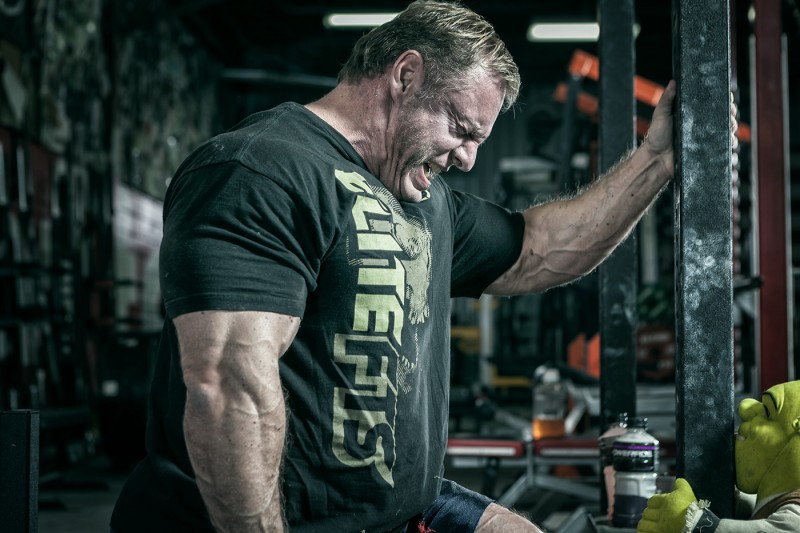
2. Know Your Body
This refers to having spatial and kinetic awareness and knowing your recovery threshold. Specifically, how hard you can push an exercise and still make progress.
It begins by understanding failure. Some say to never train to failure, while others say to hit failure on every set. Before a meaningful discussion can occur, you must first define what failure means to you.
Some coaches say failure is when you can’t perform another strict rep. Others say it’s when you try a last rep and, well, fail midway.
Let’s say you’re bench pressing and get that last clean rep and stop. Is that failure? Or if you went for one more and just barely got it, is that more like failure? Is it when a spotter has to assist?
You first need to establish your own definition of failure so you know your limits and how to occasionally push past them.
I call failure missing the lift. Period. No reps “in the hole” but no forced reps either. Positive, concentric failure.
Now if I want a set to go past that point, I will specifically define it in the program -- failure plus 2 reps, or 3 reps, usually using rest-pause reps or a strip set, rarely forced reps.
This may sound like semantics, but establishing your own standards frees you from the confines of linear periodization and percentages and allows you to be more instinctive and train by how you “feel” that day.
Most beginners need to work harder than their program outlines, while the more advanced typically need to be held back.
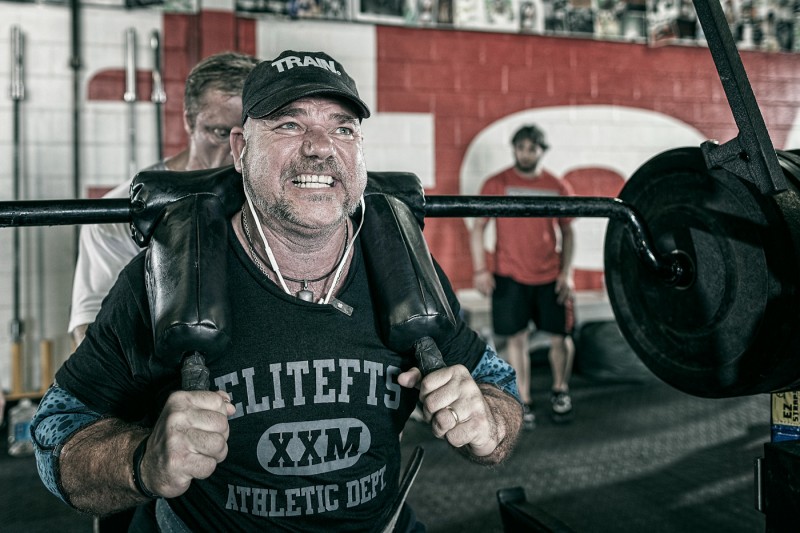
3. Strength and Speed
This is not the powerlifting notion of speed-strength. I’m referring to the speed-strength continuum in every lifter.
Most guys are either very fast or explosive and relatively weak, or very strong and relatively slow. This is due to fast-twitch fiber makeup and nervous system recruitment and a bunch of other technical stuff I’ve covered before.
To see explosiveness in action, think of the last rep of a set of bench presses. You know how you can be fighting that rep, and then your spotter just taps the bar and it comes right up? It’s not that you hit your “sticking point,” it’s that you were too slow going into it.
I was always very explosive but also weak. As such, Maximum Effort work did very little for me, while Dynamic Effort work did a ton. As I got older, maintaining or even increasing this explosiveness was critical for me to have continued strength development.
You need to figure out what kind of lifter you are – are you a grinder (strong) or a smoker (explosive)? A smoker will crush a weight, add 20 pounds and then get completely pasted.
With a grinder on the other hand, even light weights are slow, but they always hit the lifts. Ed Coan was like that. Everything was slow -- 315, 405, 495, etc. Eventually he’d be at 800 pounds and still grinding.
Once you know who you are, train both qualities, but always play more to your genetic strength.
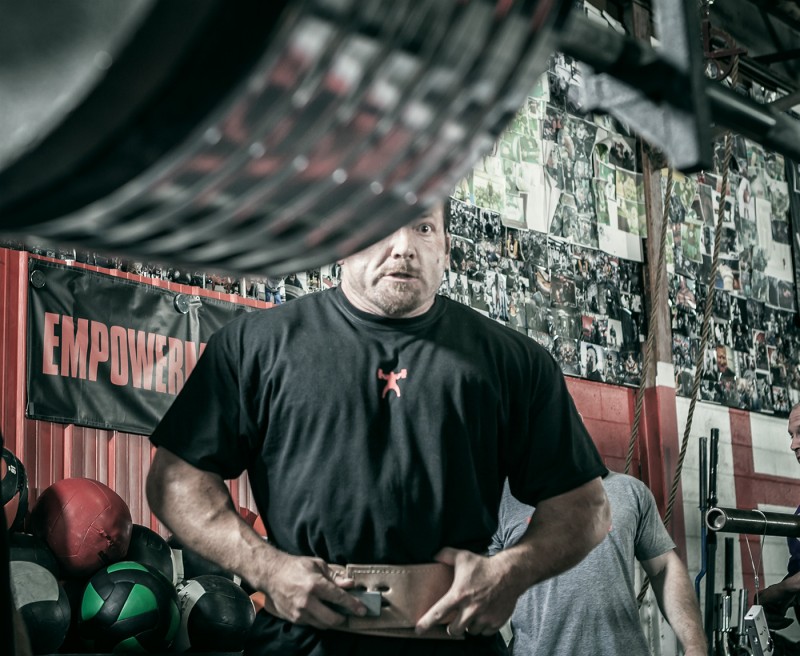
4. Overcoming Fear
This isn’t some Tony Robbins crap. Some guys lift scared – they’re scared of getting hurt or stapled or re-injuring an old injury. There’s nothing wrong with that -- there should always be some fear during max sets otherwise you’re simply not training hard enough.
Of course this isn’t really an issue with hypertrophy training – what’s scary about 20 pound dumbbells? Breathing hard? But with maximal strength work it can be the difference between new PR’s and a very long plateau.
The trick is learning to embrace that fear, to use it to drive more weight and not turtle under the pressure.
I can tell immediately from a guys expression under the bar if he’s respecting the weight or afraid of it. One lifter channels his fear and hits the lift, the other tenses up and bails out.
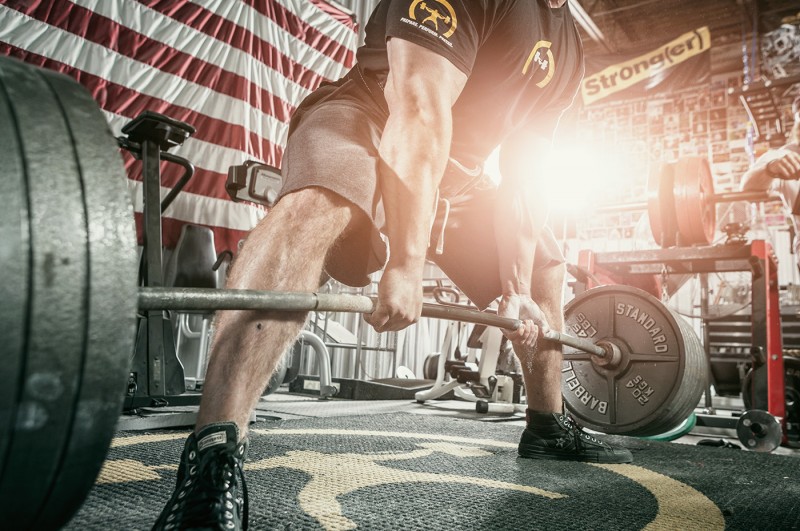
5. Have a Flexible Plan
Look, most veteran lifters don’t follow a set 12-week program. Maybe if they’re really locked in, sure, but most are what I like to call audible ready.
They have their plan, whether it’s linear periodization or conjugate or 5/3/1, and they know what they should shoot for that day.
But they also listen keenly to their body and whether they need to back off or hammer down and go for it.
This is why I think set de-loads are so dumb. Deloads should happen automatically – it’s called having a life. You get sick, you go on vacation, your kids get sick, your boss makes you work late, your wife throws you out -- if you don’t have an accidental life deload then you don’t have a fucking life!
But if one of these life deloads occurs right after your “planned deload” now you have a problem.
This “flexible” approach also helps on the other end, as it let’s you strike when the iron is hot.
We’ve all had that day when everything just feels awesome – weights fly up and even PR’s feel light.
What’s happening is you’ve locked into something technique wise and your neuromuscular system is firing correctly. So now everything is just “on” and what you should do is take full advantage of it, as it might not happen again for weeks or months!
Don’t let such an opportunity pass by just sticking to your percentage-based goal.
Embracing the moment can be the difference between being a 700-pound deadlifter (and calling yourself that) and being a 660-pound deadlifter. Which would you rather be?
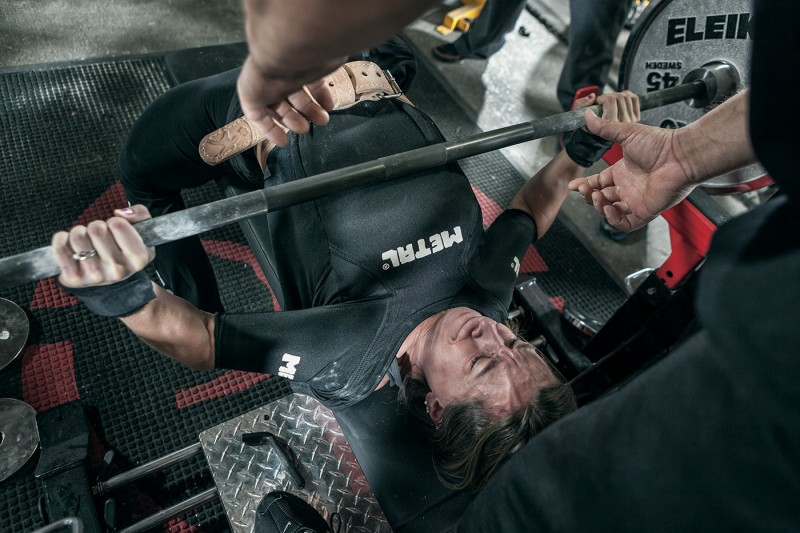
6. Understand Weak Points
Those familiar with my writing know that I think all sticking points or weak points are physical, technical, or mental.
These days, everybody thinks a weak point can be solved by an exercise.
Say you a missed bench press halfway off your chest -- the online gurus would say that you need floor presses, 2-board presses, and triceps work.
This completely ignores many of the other factors that could be affecting it like technique, velocity, and bar speed, to name a few.
Louie used to call these sticking points “mini-maxes” which is much better as it doesn’t pigeon hole the issue into something that only an exercise can fix.
The challenge then becomes figuring out what’s going on right before the sticking point. In the bench press, are their elbows caving in? That suggests a technical problem, or jacked up rotators.
Or perhaps they lowered the bar too slow and zapped all their eccentric strength, so there’s less available concentric power?
None of these issues -- technique, tightness, and rep speed -- can be fixed by just adding another remedial exercise. And none are easily spotted, even by live experts -- something to consider the next time someone offers “weak point diagnosis” after watching two reps on YouTube.
The creepy guy at the gym is doing all the right things. He’s an experienced lifter too, reading the same blogs, following the same program, even taking the same supplements as you. Yet he hasn’t and will likely never grow.
Don’t be like him. Chart your own destiny. It begins by learning what really matters to get strong.









Thanks Dave
Thanks.
I'm a grinder I know that much.
Tim